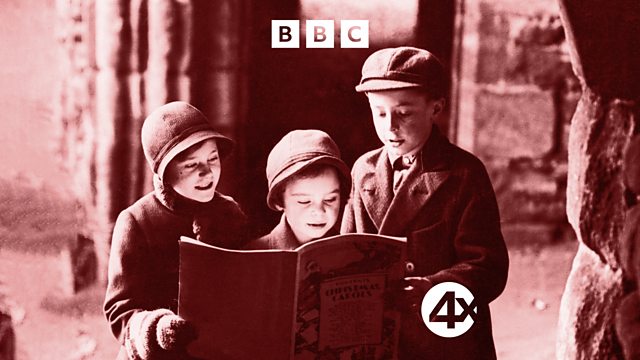6. A Second Golden Age
Choral conductor Jeremy Summerly discovers how singing carols was once again hugely popular by the mid-19th century. From 2013.
Choral conductor and scholar Jeremy Summerly continues the story of the Christmas Carol in Britain in this ten-part series.
Jeremy reaches the 19th century and publications of old folk carols from what was thought to be a dying tradition.
However, by mid-century, with the Tracterean movement in the Church of England at its height the carol and the singing of carols was once again hugely popular.
It was the publication of a 'Christmas Carols New and Old by Henry Ramsden Bramley and John Stainer in 1867, that marked the height of another caroling golden age. However, it was now big business and there were reputations at stake when folk carol collectors saw their work hoovered up by the might of Bramley and Stainer.
Jeremy also tells the story of the little 16th century Finnish manual 'Piae Cantiones' that provided a series of memorable re-workings of 15th century words and melodies, including In Dulce Jubilo and Good King Wenceslas.
Producer: Tom Alban
First broadcast on 麻豆社 Radio 4 in December 2013.
Last on
More episodes
Broadcasts
- Mon 16 Dec 2013 13:45麻豆社 Radio 4
- Mon 21 Dec 2015 14:15麻豆社 Radio 4 Extra
- Tue 22 Dec 2015 02:15麻豆社 Radio 4 Extra
- Mon 18 Dec 2017 14:15麻豆社 Radio 4 Extra
- Tue 19 Dec 2017 02:15麻豆社 Radio 4 Extra
- Last Monday 09:30麻豆社 Radio 4 Extra

